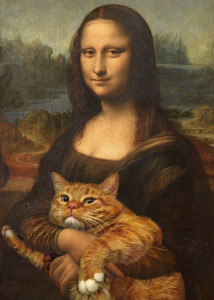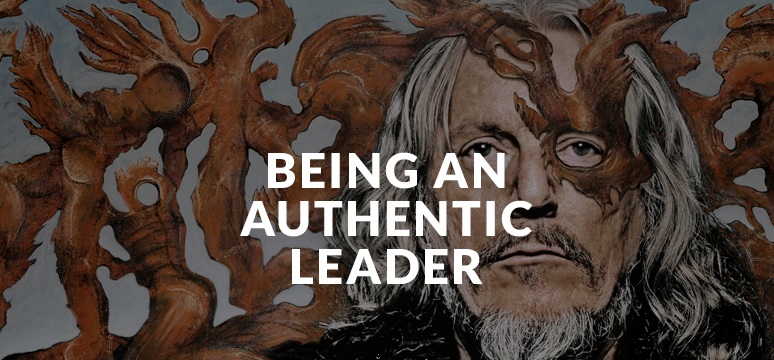Wolfgang Beltracchi is the most successful art forger in history. His fake paintings have sold for $46 million to museums and private collections all over the world. He says experts hate him because he managed to fool them for decades.
When Beltracchi eventually wound up in prison for a year-and-a-half, some say what he did was a crime against the art culture. Others thought what he did was acceptable because he was creating entirely new works based on what he thought the painter might have done, and in the long run wasn’t really hurting anyone.
This story ‘paints’ a strong allegory to leadership. It might sound quite farfetched, yet how often have you tried to pass off your behaviour as fake to maintain a façade you wanted others to see?
Most people can spot someone being fake. It’s intuitively obvious, and stands out like a picture of the Mona Lisa holding a cat in her hands. You owe it to yourself and others to be real by removing the masks that act as a veneer to who you truly are.
owe it to yourself and others to be real by removing the masks that act as a veneer to who you truly are.
What’s the payoff of being fake? Are you afraid of going against the predominant group thinking of being vulnerable? Or are you fearful that people won’t like you, or deep down perhaps you don’t like ourselves?
Dr. Brené Brown on The Power of Vulnerability | Video on TED.com said because we live in a chaotic world we numb vulnerability. We protect ourselves by blocking emotions such as fear, disappointment, joy and gratitude. We then feel miserable because we are looking for connection with others – and because we are not connecting we feel vulnerable, and so the cycle continues.
Then what’s the payoff of authenticity? When you have the courage to be authentic by being vulnerable, then you are better able to connect with others, lead authentically, and achieve purpose and meaning in your life.
How do you know if you’re being authentic? James Hillman, author of The Souls Code: In Search of Character and Calling, says that just as the majestic oak is embedded in the acorn, so do people carry inside them an active kernel of truth, or an image, waiting to be lived.
The idea of a soul image exists in most cultures. The Greeks had the word daemon, and the Romans genius, to describe the invisible guiding force in people’s lives. Similarly, neuroscientist Anthony Damasio asserts that people have an image imprinted in a core self-structure, and an internal mechanism or feedback loop that moves them toward or away from this reference point. Regardless of what you call it, most people know when they’re being true – or untrue — to themselves.
Here are four things you can do to be more authentic both personally and professionally:
- Gratefulness: Spend time listing everything you can be grateful for.
- Take off the masks: Learn to notice and reflect on your true feelings.
- Connect: Be vulnerable with others.
- Believe: You are good enough.
Again quoting Dr. Brown, this time from an Oprah interview, “Authenticity is a practice that applies to everyone, and we choose it every day.” For example, in a meeting you can make the choice to be honest and say, “I disagree with what you’re saying.” Or nod enthusiastically, put on a false smile and agree, even if you don’t.
Beltracchi’s work is genius and unique. His real crime was to hide his true talent – his signature — to emulate someone else. Likewise, our authenticity displays our signature self.
This is the mark of extraordinary leadership.
